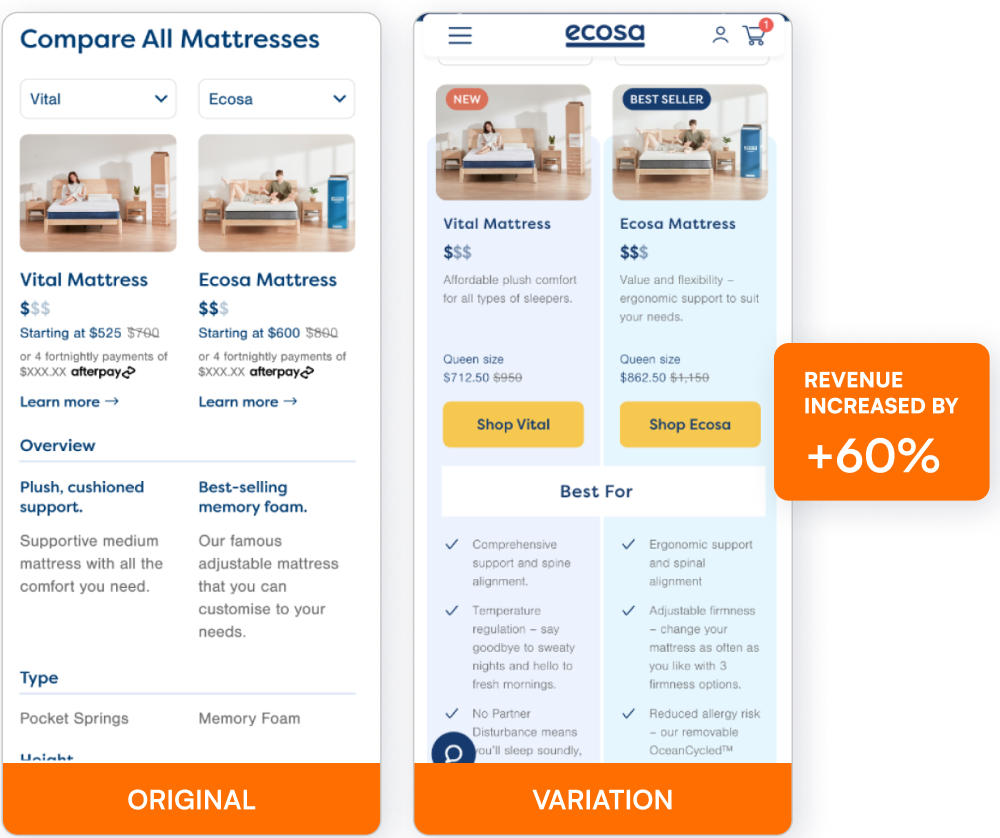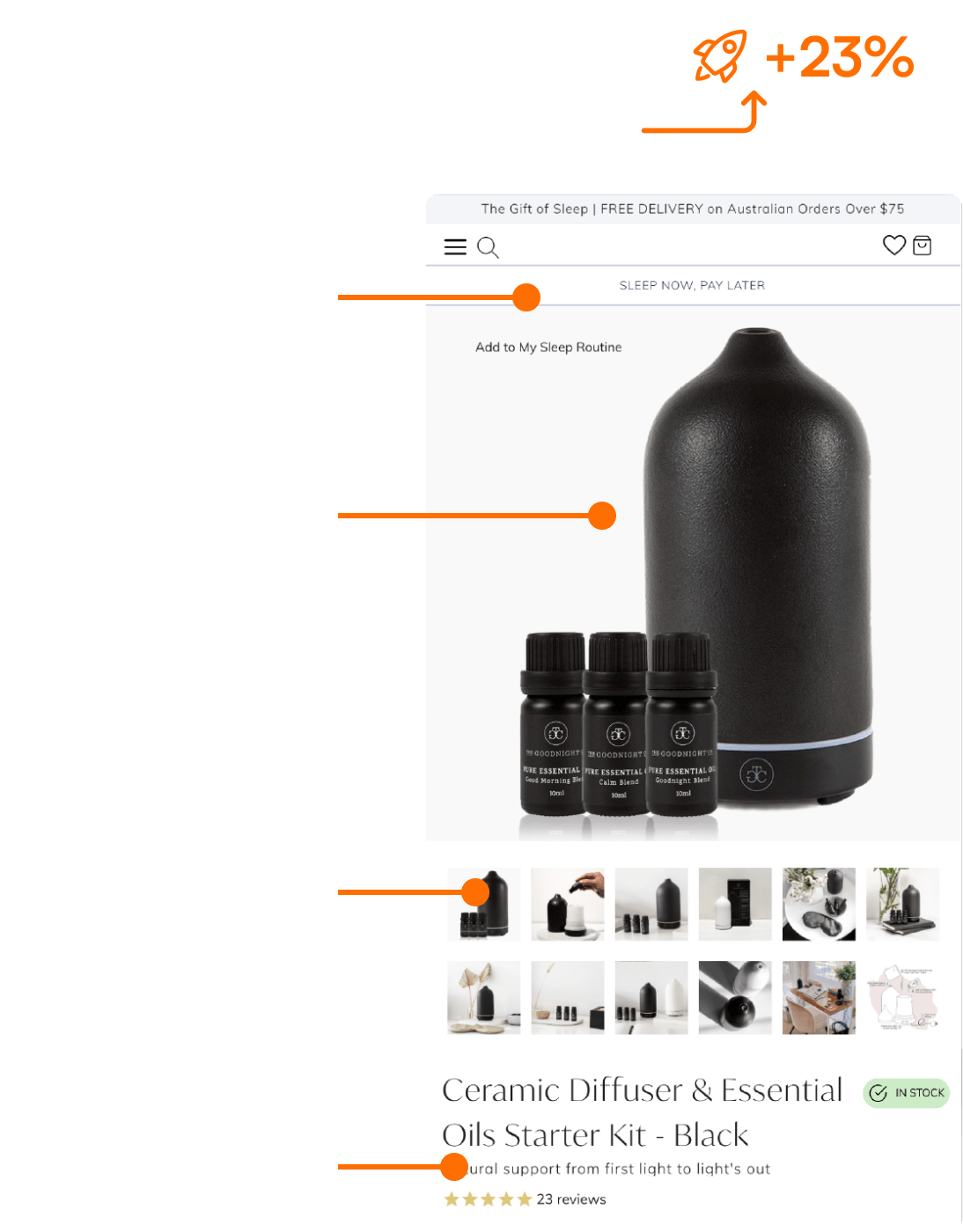We have all been there before: you’ve completed your online shopping and ready to place your order… when suddenly you’re confronted by a labyrinth of information requests, billing details and payment options.The name of this beast? The Checkout
Two-thirds of your customers will leave your website during the checkout process, mostly because checkouts can be long and confusing – especially for mobile users (hello, mistyping into tiny boxes!)
While removing blockages during the checkout process will most certainly improve your conversions.
But what if users could bypass the checkout process almost entirely?
Mobile payment methods such as Apple Pay, Google Pay and some banking apps are changing the shopping game by allowing quicker and safer checkouts and payments using your phone when in-store, on apps or on sites.
In this article, we will dive into:
- The differences between a traditional checkout on a website vs checkout using Apple Pay or Google Pay; PLUS
- How implementing these payment methods can boost conversion rates and revenue for your ecommerce store.
Customers now expect to see Apple pay and Google pay
When consumers are online shopping, they often find different websites in all shapes and sizes – including their checkout pages. With so many variations, customers often need to relearn how to check out every time they use a new website.
This requires more time and brainpower from the user and can lead them making frustrating mistakes. If your customer feels like they don’t know what they’re doing, they will simply abandon their cart (and your store in the process). Bye-bye, sales.
As more and more online stores implement a mobile payment method, the ubiquity of the platform will grow and provide users with a seamless payment experience wherever they shop.
All Checkout shipping details get filled out in 1 click!
Don’t give your customers the opportunity to drop off.
The number one advantage of mobile payment methods is speed. Filling out form fields can take a lot of time and time-wasting = unhappy users.
According to Google, the average shopper must endure 120 clicks to complete a traditional checkout.
Mobile payment methods like Apple Pay & Google Pay have slashed this down to just four clicks! That’s incredible!
So how do they do it?
By storing the payment, shipping and billing details securely on their device, users can pay with the tap of a button or scan of their fingerprint. This streamlines the checkout process and eliminates most of the time and effort required, and minimises the chance of making simple typing mistakes.
Having a quick checkout experience makes the payment process more painless for the customer, and you give them less time to change their mind or look elsewhere.
Fingerprint ID, FaceID and Passcodes give customers a sense of security
Apple Pay and Google Pay both use a combination of hardware and software to provide safe and secure payments over the web, storing customers’ details in their strongly-encrypted server.
When making payments on your mobile device, payment methods require authentication through fingerprint ID, FaceID or passcodes before a transaction is processed.
During the transaction process, the customer’s card details are not shared with you. Instead, both the mobile payment platforms create encrypted transaction numbers to provide to the payment processor.
\What does this mean for you and your online store?
Less fraudulent transactions and greater customer confidence that their identity and their money are safe.
Get more Subscriptions and Account Creations
Depending on your product and business model, a recurring billing or subscription service could work for you. Apple Pay and Google Pay allow subscriptions that your customers can easily sign up for.
Want to offer user accounts?
Research shows some account login steps during the checkout process can lead to checkout abandonment. Many online retailers have removed user accounts altogether. But what if your business model depends on user accounts? With Apple Pay for example, once a transaction is complete, you can offer account creation and all the user needs to do is enter a new password.
Conclusion
Mobile payments on ecommerce sites are powerful stuff and they’re only continuing to evolve.
We talked about how these payment methods are allowing users to skip the checkout pages. So what’s next? There is now a growing trend to place Apple Pay or Google Pay buttons directly on product pages. This might have seemed unimaginable a few years ago..skipping both the cart and checkout page altogether.
Could Apple Pay or Google Pay work for your ecommerce store? Why not try it out!
Take your conversions to the next level!
Best practices alone won’t solve all your drop off issues. For sustainable long-term improvements to your conversion rate, your data and real customer evidence can identify the changes and experiments your site really needs. We often see in-house digital marketing teams struggling to find the time for such thorough analysis, meaning critical insights are lost in an ocean of data. Our expert CRO team have an efficient, targeted Win at Experimentation™ process to uncover the hidden potential of your site and drive your revenue.
Uncover the hidden conversion opportunities in your ecommerce website with a Complimentary Website Conversion Audit. We will show you potential revenue leaks and insights you can take action on straight away. Together we’ll then help you develop an actionable optimisation and experimentation plan to improve your conversions and meet your ecommerce growth goals.
Take advantage of our complimentary Website Conversion Audit today >> HERE
Jeremy Shane is a Digital Optimisation Specialist at Conversionry, a leading Melbourne-based conversion optimisation agency, that accelerates conversion rates and revenue for global ecommerce and omnichannel retailers via data-driven optimisation and experimentation programs. He is a data-driven UX designer and has half a decade of experience running an ecommerce business. Jeremy is passionate about optimising ecommerce sites, delighting customers and create business success. On his off days, he loves going to the gym, boxing and taking his schnauzer for walks. 
Beat your competition to it!
Get the latest actionable conversion strategies delivered straight to your inbox!













